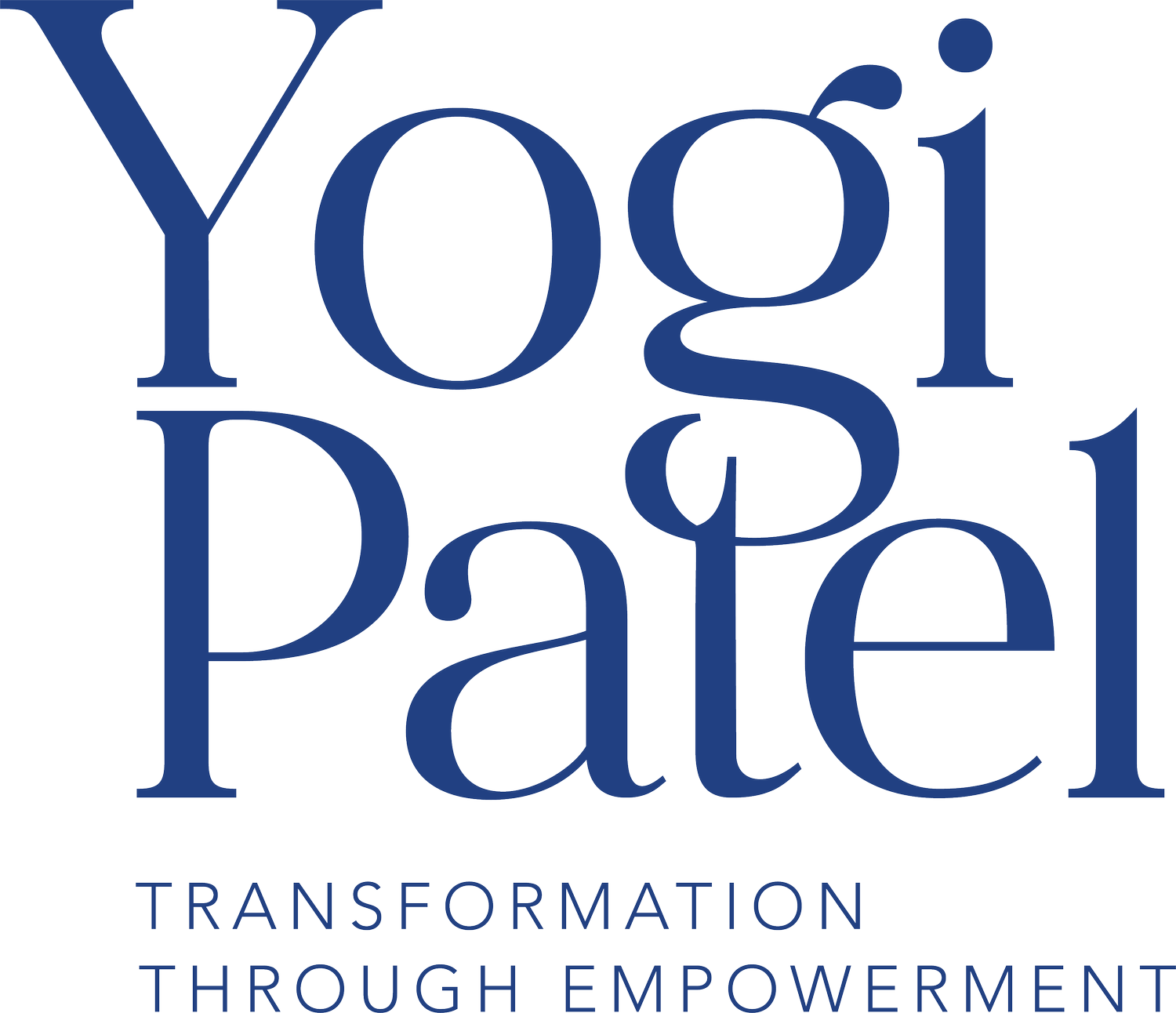External Validation vs. Internal Motivation in the Workplace
The pursuit of external validation begins early in life. As children, we quickly learn to associate praise and rewards with success. Parents and educators often offer positive reinforcement as a means of guiding behavior, an approach that aligns with Positive Discipline techniques. While praise can motivate in the short term, research by psychologists Edward Deci and Richard Ryan reveals that over time, an over-dependence on external rewards can undermine what matters most: intrinsic motivation.
This dynamic continues into adulthood, especially in professional environments where job titles, performance bonuses, and public accolades dominate the culture. In these settings, employees can become trapped in cycles of approval-seeking. Executive coach Dina Denham Smith has observed that in workplaces with unclear expectations and inconsistent feedback, people are more likely to drive towards recognition rather than focus on meaningful contribution. The result is often disengagement and burnout, symptoms of a system that prioritizes external validation over effective discipline and sustainable success.
Psychological research consistently supports the idea that people perform better and stay more engaged when they’re internally motivated when they do something because it feels purposeful or enjoyable. For instance, children praised for effort rather than intelligence develop what Carol Dweck calls a growth mindset. They are more willing to take on challenges, persist through setbacks, and focus on learning. This mirrors the goals of Positive Parenting strategies, where the emphasis is on encouragement, not just praise.
The same principles apply to workplace dynamics. When employees feel their work matters and connects to a larger purpose, they are more likely to remain committed, creative, and resilient. This kind of workplace culture, built on internal motivation, fosters authentic engagement. Generational differences also play a role here. Millennials and Gen Z, for instance, often expect frequent recognition, shaped in part by digital feedback loops on social media. But constant praise doesn’t necessarily lead to satisfaction. Instead, what creates true fulfillment is knowing that one’s efforts contribute to something meaningful—whether that’s raising confident children or building impactful teams.
The consequences of chronic validation-seeking can be significant. Over time, individuals may compromise their values, struggle with self-doubt, or rely excessively on recognition to feel worthy. This stands in contrast to the empowering approach of Positive Discipline and no shame discipline, which encourage self-regulation and personal growth. Just as Positive Discipline for toddlers helps young children build confidence through autonomy and contribution, adults in the workplace benefit from similar principles when given the space to take ownership and grow.
Organizations that want to cultivate effective discipline and long-term satisfaction can do so by aligning leadership practices with intrinsic motivation. This starts with providing feedback that supports growth, not just performance. Encouraging autonomy, recognizing effort, and helping employees understand how their work connects to the organization’s larger mission are all strategies that promote genuine satisfaction. Recognition still has value, but when paired with purpose and autonomy, it helps build resilient, mission driven teams.
In both parenting and professional settings, the lesson is clear: raising happy kids and building strong teams are not so different. When we move beyond the short-lived high of external praise and nurture intrinsic motivation, we support deeper growth, stronger relationships, and more meaningful contributions.
Explore more on our website:
Empowering People in the Workplace (Positive Discipline)
“Now What?” Podcast – Parenting Podcast

